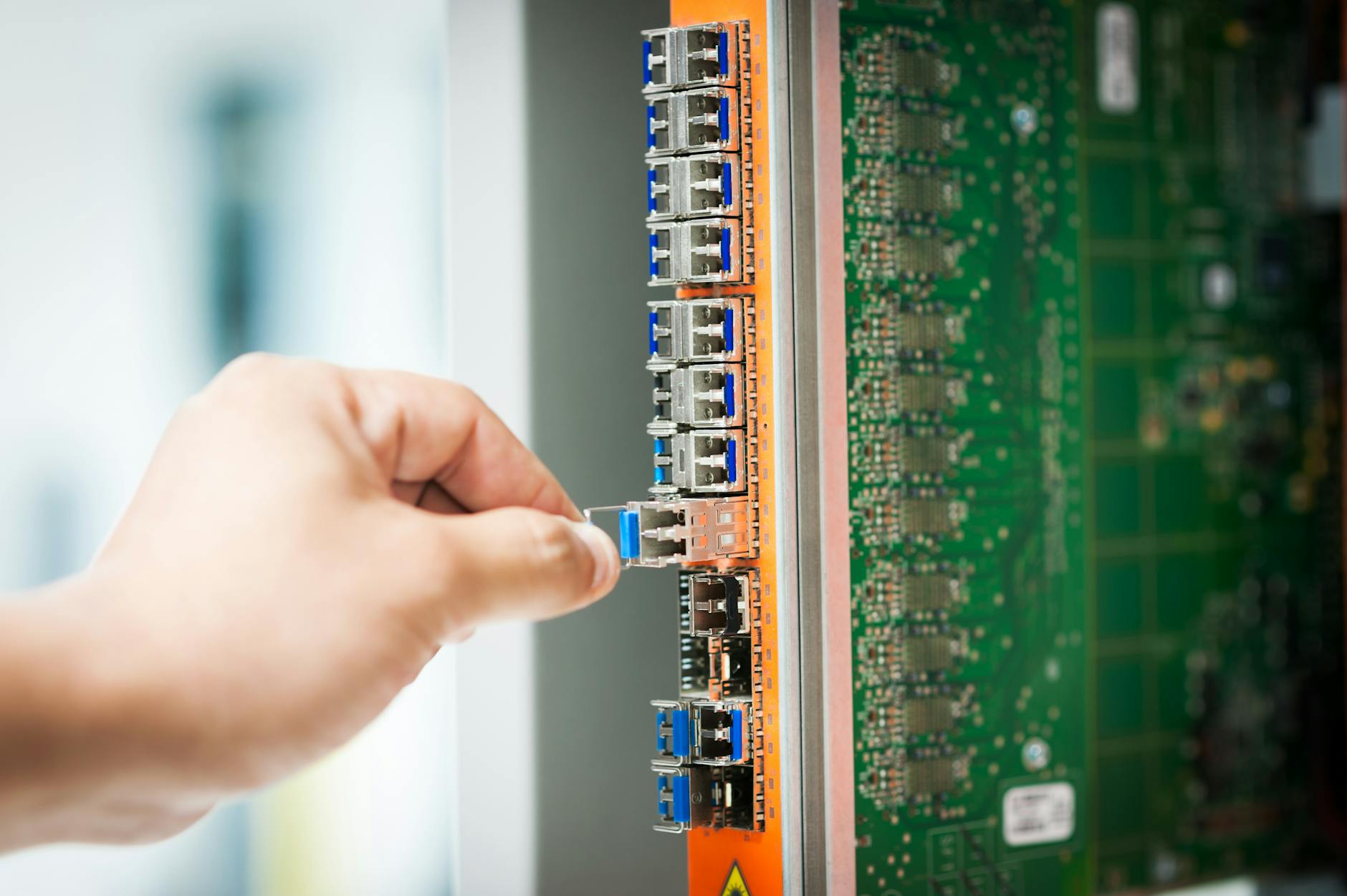Well, if you have spanking new phones and want to try 5G, what can you expect and what’s the lowest cost way to do it.
First of all, you should expect too much of 5G in its normal incarnation is not going to be much faster than 4G. This is what is called low band 4G, that is, it operates in the same frequencies as 4G. At least here in Seattle with T-mobile, it’s about the same speed. And with License Assisted Access (LAA), they can actually use unlicensed 5GHz (eg Wifi) spectrum to augment and get you gigabit speeds (a bit of sort cheating that is, but it works apparently). They basically run the LTE protocols over 5GHz Wi-Fi spectrum and hopefully, all those Wi-Fi access points out there already don’t cause too much interference.
Also, there is the classic loading problem. If you are uncrowded 5G but have only say 10MHz, that could be worse than being on 4G with 100MHz even though there are more 4G customers.
What is true is that longer-term, someday if you are in a dense urban area, you might be able to get high-band for millimeter-wave 5G. This runs at breathtaking 24 GHz or higher and you need lots and lots of cells (like very block) and direct access to them. The big difference is that 4G can’t automatically upscale to these bands and then down again, but in the lower bands, you will see similar performance (there is no magic here).
That being said, you need to make sure your “5G” phone actually support mmWave. There are many 5G phones that won’t (and outside of the US spectrum isn’t even available). So the main benefit of buying a non-mmwave phone now is the future proofing for the day the carriers reduce the available 4G spectrum and you get squeezed out. It is not going to give you great performance.
What’s the best plan?
Well given all this, the main issue is not getting 5G, but who actually is deploying mmWave 5G in your area. These deployments are really few and far between. Even if it says AT&T coverage is in Orlando for instance, it might only be a single street corner. But that corner is going to be getting Gbps easily. AT&T are focused on mmWave, but there are actually three very different frequency ranges here. The first is 600-900MHz where most cellular lives, then there is 2-6GHz midland (like Wifi, but this is proprietary so there are no interference problems) and then high band 24GHz and above.
T-mobile with Sprint has more “mid-band” and thinks that high-band is really only for stadiums and really dense open environments.
Given all these considerations, it sure does seem like all of them will have 5G at the same speeds as 4G and then T-mobile probably has more of a chance of good decent higher speeds since most of investment is in the mid-band vs the high-band of AT&T and Verizon.
Hope you are not as confused as I am. Net, net, most ordinary folks probably have more hope of better coverage with 4G-LAA across the three or 5G mid band with T-mobile if they don’t live in downtown New York City.
If you do then Verizon and AT&T have more high-band spectrum so theoretically if they make the investment and you live in an open area or spend a lot of time in malls and stadiums, you will see really fast speeds.
The Best 5G Plans: T-Mobile cheapest, Google i easiest and Verizon for rural coverage
Most of the carriers are throwing in 5G with their current plans which makes sense given the above, since you won’t see much benefit, might as well market the plans as 5G capable.
As usual, the value lead-in all of the is T-mobile, even their lowly essentials plan. The main trick with work with T-Mobile is that you can’t just create an account because you need to pass a credit check etc., so make sure your credit reporting is not frozen and give them a call. The good news is that you can buy T-mobile SIMS for about $3 each on Amazon so you will have all the hardware you need.
Make sure you unfreeze your credit well ahead and do it for at least a week to make sure. Also, do it ahead because, at least for me, one of the three unfreeze sites is always down 🙂 Today that is Equifax.
Google Fi fits somewhere in the middle, it uses T-mobile underneath as well as Sprint, but the main thing though is that you don’t have to spend hours getting setup. A simple add your credit card is all you need. That makes some sense when you are buying the phones outright. The T-mobile system is really only I designed for those now rare cases when someone is buying phones so they are really loaning you money for two years. In any case, Google Fi is a breeze to setup and the costs are somewhere in the middle. It is $140 for 4 lines with unlimited, so nil it as good as T-mobile with $120 for 4 lines (and lots of perks), but worth it because they support eSim so you don’t need to download anything with modern phones.
The other choice is Verizon. They are adding 5G support for the higher end plans. The cheapest is $70 per phone, so quite a bit more, but the way to get some really amazing coverage on the right blocks in the right cities.
Best 5G Phones
Well this is pretty speculative, but the iPhone 12 (all version) do support mmWave 5G that Verizon has. And note that this is only true in the US.
Also Google did put the expensive QUALCOMM chip set into the Pixel 5 to do this as well. There are a few others like the high end Samsung S20 Ultra that do as well.







